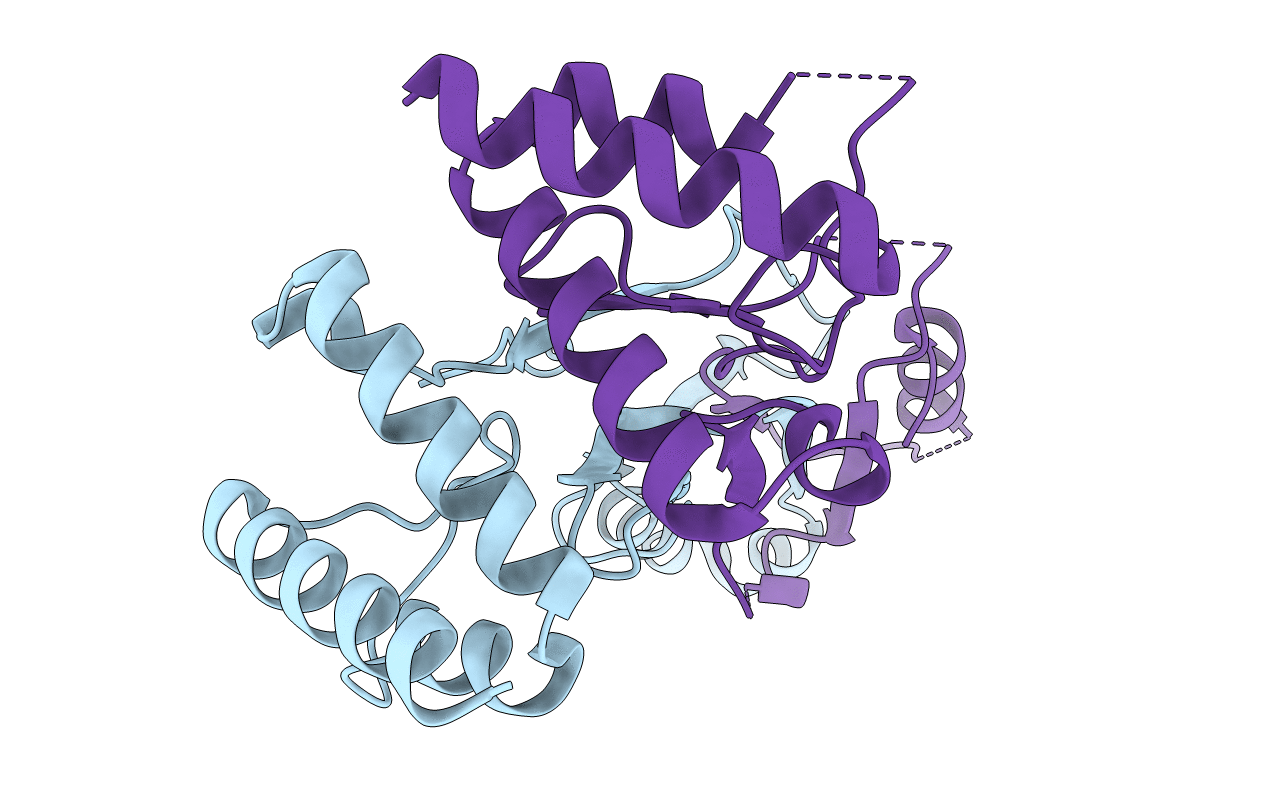
Deposition Date
2010-02-11
Release Date
2010-08-25
Last Version Date
2024-02-21
Method Details:
Experimental Method:
Resolution:
1.85 Å
R-Value Free:
0.25
R-Value Work:
0.21
R-Value Observed:
0.21
Space Group:
P 1 21 1


